Tips for Catching Walleye in Clear vs Murky Lakes
Walleye fishing presents a fascinating challenge that changes dramatically depending on water clarity. These elusive predators, renowned for their exceptional vision and cautious nature, require distinct approaches when targeted in clear lakes versus murky waters.
Understanding how water clarity affects walleye behavior isn’t just helpful—it’s essential for consistent success. Whether you’re casting lines in the crystal-clear waters of northern lakes or navigating the stained waters after a summer storm, adapting your tactics to match the conditions can transform a frustrating day into a productive outing.
This guide will explore the nuanced differences in walleye fishing across varying water clarities and provide you with practical strategies to fill your livewell regardless of conditions.
Understanding Walleye Vision and Behavior

Walleye possess remarkable vision adaptations that give them a significant advantage in low-light conditions, featuring specialized cells in their eyes that gather available light. This biological advantage, called the tapetum lucidum, creates the distinctive “walleye” glow when light hits their eyes at night and explains why they typically feed most actively during dawn, dusk, and nighttime hours.
In clear water, walleyes tend to be more light-sensitive and will seek deeper water or cover during bright conditions, making them notoriously harder to catch during sunny days. Conversely, in murky water, their vision advantage becomes somewhat neutralized, causing them to behave differently and often making them more willing to feed throughout the day.
Understanding this fundamental aspect of walleye biology provides the foundation for developing effective fishing strategies across different water clarities.
Defining Water Clarity Types for Walleye Fishing
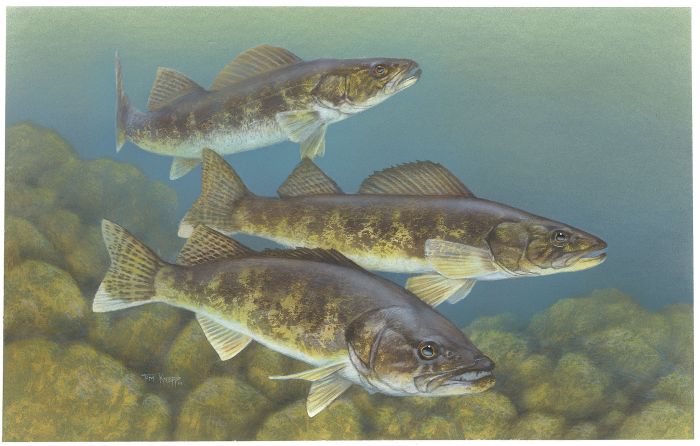
Water clarity exists on a spectrum that significantly impacts walleye fishing strategies, with visibility typically measured by how deep you can see an object underwater.
Clear lakes generally offer visibility of 8 feet or more, featuring minimal suspended particles and often supporting healthy weed growth that provides prime walleye habitat. Moderately clear waters with 4-8 feet of visibility represent the middle ground where many classic walleye tactics shine, balancing stealth with presentation. Stained or murky waters show visibility under 4 feet, resulting from various factors including algae blooms, suspended sediment, or tannins from decomposing vegetation.
Extremely turbid waters with less than 1 foot of visibility present unique challenges but can still hold actively feeding walleye when approached correctly. Recognizing the specific clarity conditions you’re fishing allows you to select appropriate techniques rather than struggling with approaches better suited to different water types.
Clear Water Walleye Tactics: Location Patterns

In clear lakes, walleye location patterns often revolve around light avoidance, making structure and depth critical considerations for anglers.
During daylight hours, focus on deeper water adjacent to feeding areas, typically 20-35 feet deep depending on the lake, where walleyes retreat when light penetration becomes uncomfortable. Structural elements that create shadows or reduced light penetration become prime holding areas, including the shaded sides of underwater humps, deep weed edges, and rock piles that provide both cover and access to prey.
During peak summer months, target thermocline depths where walleyes find their preferred temperature range while avoiding excessive light. Dawn and dusk periods trigger predictable movements toward shallower feeding areas like points, bars, and flats, creating prime opportunities for anglers to intercept actively feeding fish.
This understanding of depth-related movement patterns based on light conditions forms the foundation of successful clear water walleye location strategies.
Clear Water Presentations: Finesse and Subtlety

Clear water demands refined presentations focused on subtlety and natural appearance when targeting walleye. Downsize your terminal tackle by using lighter line (6-8 pound fluorocarbon for maximum invisibility), smaller hooks, and more realistic bait presentations that won’t spook fish.
Live bait rigs excel in these conditions, with a light sliding sinker, long leader (3-4 feet), and lively minnows, leeches, or nightcrawlers presented naturally along structure edges or over deeper flats. When using artificial lures, select natural patterns that match local forage rather than bright attractors, with particular emphasis on silver, white, and translucent finishes that mimic vulnerable baitfish.
Slow, deliberate presentations often outperform aggressive approaches, making controlled trolling at speeds under 1.5 mph or subtle jigging motions particularly effective in clear water scenarios. The primary principle remains consistent across all clear water techniques: the more natural and less obtrusive your presentation, the more likely walleyes are to commit rather than merely follow.
Clear Water Seasonal Considerations
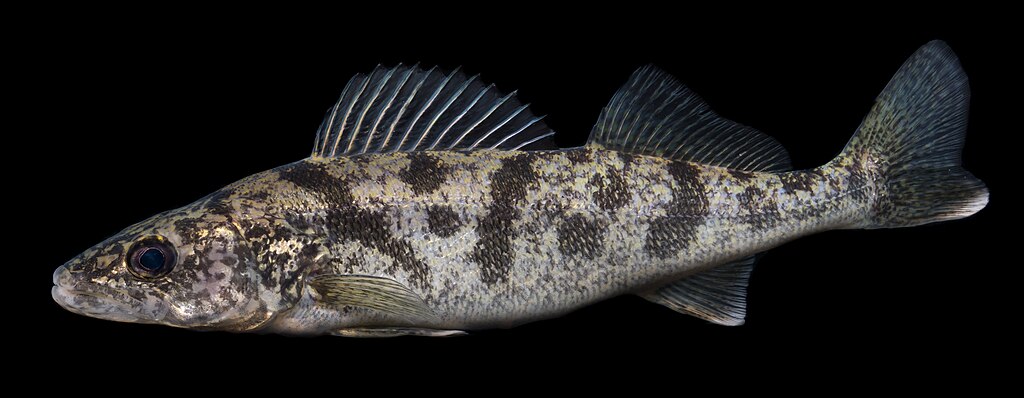
Clear water walleye behavior follows distinct seasonal patterns that successful anglers must recognize and adapt to throughout the year.
During early spring, focus on shallow rocky areas warming faster than the main lake, where walleyes gather for spawning activities and post-spawn feeding, often in surprisingly shallow water despite clarity. Summer brings a significant migration to deeper structure as thermoclines establish, making deep points, humps, and basin edges prime targets during daylight hours, with movement toward shallower feeding areas during low light periods. Fall triggers more aggressive behavior as walleyes prepare for winter, creating excellent opportunities on wind-blown points and flats where baitfish concentrate in cooling waters. Winter through the ice presents the ultimate clear water scenario, where ultra-finesse approaches with small spoons, tiny jigs, and motionless dead-sticking methods become necessary to trigger bites from more lethargic fish.
Each season requires adjustments in depth, location patterns, and presentation speed, with the clearest waters demanding the most significant adaptations to light-avoidant walleye behavior.
Murky Water Walleye Tactics: Location Patterns
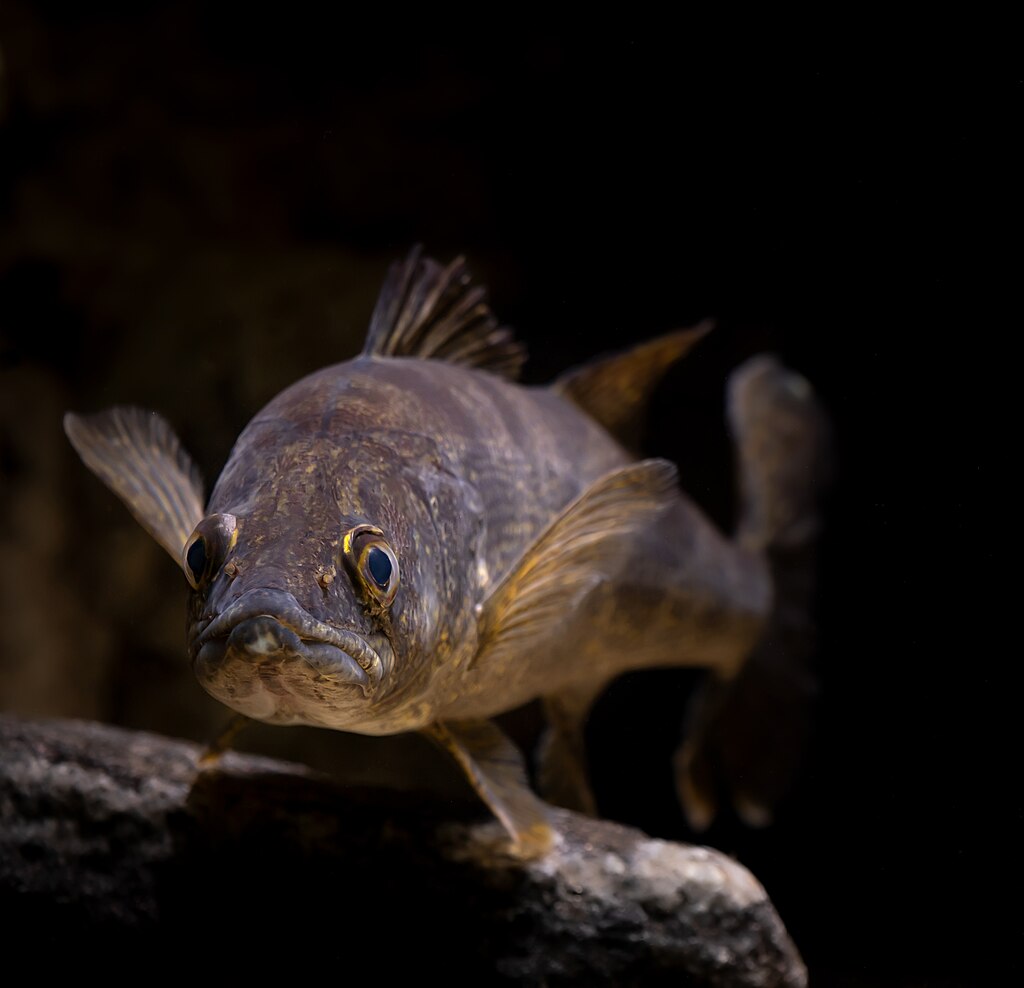
Murky water fundamentally changes walleye location patterns by removing their light sensitivity constraints, allowing them to utilize different parts of the lake than they would under clear conditions. Shallow water becomes much more viable throughout the day, with productive depths often ranging from 4-15 feet even during bright conditions, as the reduced light penetration creates comfortable feeding zones closer to shore. Current areas gain increased importance in stained water, with river mouths, narrows between lake basins, and wind-generated current breaks concentrating both walleyes and their prey.
Structure transitions that create ambush points become hotspots, particularly where hard bottom meets soft, where shallow flats drop into deeper water, or where emerging weed growth creates edges along which walleyes can patrol. Rather than seeking depth for comfort, murky water walleyes often position themselves along these transition zones where they can efficiently intercept prey while expending minimal energy, making these areas prime targets for anglers throughout the day.
Murky Water Presentations: Visibility and Vibration

Success in murky water requires presentation adjustments that emphasize visibility and sensory triggers to help walleyes locate your offerings in challenging visibility.
Upgrade to higher-contrast lure colors including chartreuse, orange, pink, and white that stand out in stained conditions, with many experienced anglers favoring bright patterns featuring black contrast elements that create more distinct silhouettes. Increase your bait profile by selecting larger lures that displace more water and create stronger vibration signatures, such as deep-diving crankbaits with aggressive wobbling actions or larger blade baits and spinner rigs with Colorado blades that thump rather than spin. Sound becomes a crucial component of presentation, making rattling crankbaits, spinner rigs with multiple blades, and baits that create distinct vibration significantly more effective than subtle options.
You can also fish more aggressively in murky water, employing faster retrieves, more aggressive jigging motions, and higher trolling speeds (1.8-2.5 mph) that help walleyes track and react to your presentations through their lateral line system when visual identification becomes difficult.
Murky Water Seasonal Patterns
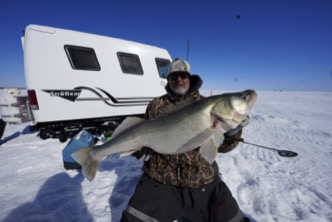
Seasonal patterns in murky water differ substantially from clear water scenarios, creating unique opportunities throughout the year for anglers who understand these differences.
Spring often produces the murkiest conditions due to runoff and wind, making shallow shorelines, especially windward ones, prime locations where walleyes follow baitfish feeding on newly available food sources in warming waters. Summer algae blooms and suspended particles can maintain or increase turbidity, keeping walleyes active in mid-depth ranges rather than forcing them deep, with weedlines and the edges of mudflats producing consistently when other areas slow down.
Fall brings opportunities around river mouths and inflow areas where rain events increase turbidity and concentrate baitfish, creating feeding frenzies that savvy anglers can exploit with larger presentations. Winter typically clarifies most waters, but areas with current or spring inflows may maintain some turbidity, creating isolated pockets of more active fish than found in the clearer main lake areas.
The consistent theme across seasons is that murky water extends feeding windows and keeps walleyes active in more accessible locations compared to their clear water behaviors.
Equipment Considerations for Different Water Clarities

Your equipment choices should adapt to water clarity conditions to maximize effectiveness when targeting walleye.
For clear water scenarios, opt for longer, more sensitive rods in the 6’6″ to 7’6″ range with medium-light to medium power that allow for longer casts (keeping your boat away from spooky fish) while maintaining the sensitivity to detect subtle bites. Line selection becomes critical, with fluorocarbon in 6-8 pound test offering the ideal balance of invisibility and strength for clear water presentations.
Conversely, murky water setups can utilize slightly shorter, more powerful rods in the 6′ to 7′ range with medium to medium-heavy power that excel at controlling larger lures and fighting fish in cover-rich environments. Line visibility matters less in stained water, making 10-14 pound monofilament or braided line with a fluorocarbon leader excellent choices that provide better abrasion resistance and hook-setting power.
Electronics usage also differs, with side-imaging and down-imaging technology proving invaluable in clear water for locating isolated structure, while traditional 2D sonar often suffices in murky conditions where fish tend to relate more to obvious structural elements.
Transition Periods: When Lakes Change Clarity
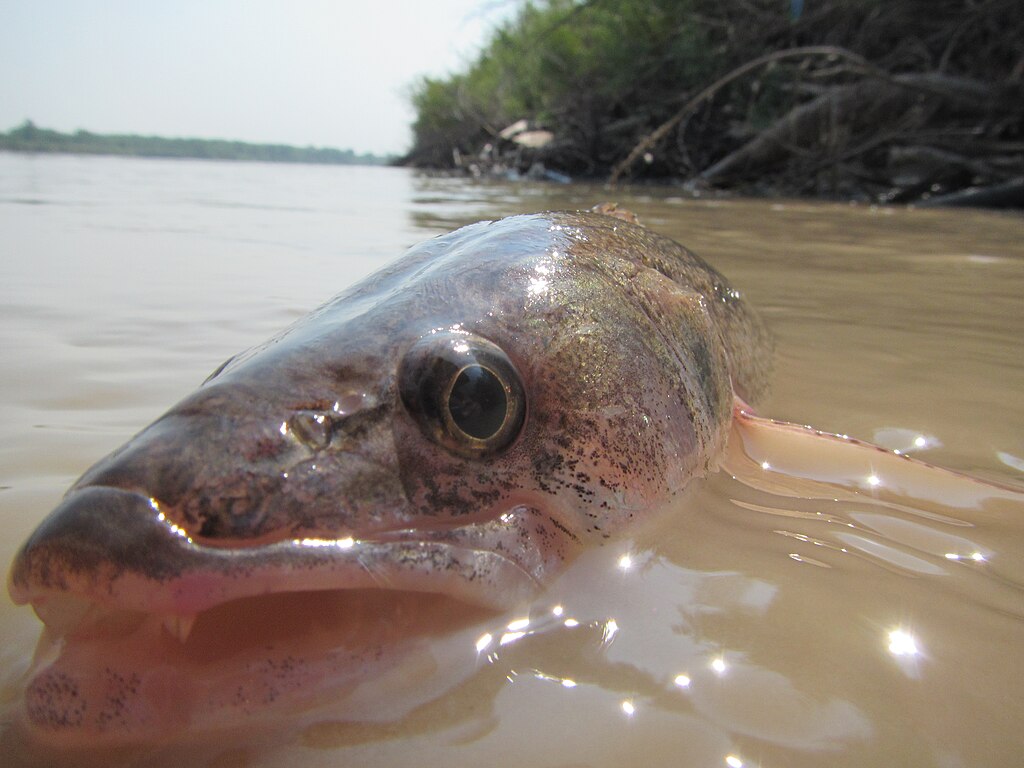
Some of the most productive yet challenging walleye fishing occurs during transition periods when water clarity changes rapidly due to environmental factors. Heavy rain events can transform clear lakes into stained systems within hours, pushing walleyes from deep structure into newly murky shallows where they’ll actively feed on disoriented baitfish. Conversely, clearing trends after extended turbidity can create a reverse migration pattern where walleyes gradually move deeper and become more structure-oriented as visibility improves. Wind-driven clarity changes create daily opportunities, with the windward shorelines experiencing increased turbidity that often concentrates active walleyes, while the protected shorelines remain clearer.
These transitions create “edges” in water clarity that function similarly to structure, concentrating both baitfish and predators along the boundaries between clear and murky water. Successful anglers during these periods maintain flexibility in their approach, carrying equipment for both clarity conditions and monitoring changing patterns throughout the day rather than committing exclusively to either clear or murky water tactics.
Time of Day Strategies Based on Water Clarity

Water clarity dramatically influences the optimal fishing times for walleye, requiring strategic planning to maximize your success on the water.
In clear lakes, the prime periods narrow considerably, with the first and last hour of daylight often producing the majority of quality fish as walleyes move shallow to feed during reduced light conditions. Night fishing becomes extraordinarily productive in clear water scenarios, with peak summer action often occurring between 10 PM and 2 AM when walleyes move onto shallow structure to feed without light inhibition.
Murky water scenarios flip this script completely, creating all-day fishing opportunities where midday hours can actually outproduce traditional peak times, especially on overcast days when the combination of cloud cover and reduced water clarity creates ideal hunting conditions for walleyes. Tactical adjustments should follow these patterns, with clear water approaches focusing on dawn/dusk movements between deep daytime haunts and shallow feeding areas, while murky water tactics can target productive structure throughout daylight hours.
Understanding these time-based patterns allows you to fish during the most productive windows for your specific water clarity conditions.
Advanced Clear Water Techniques
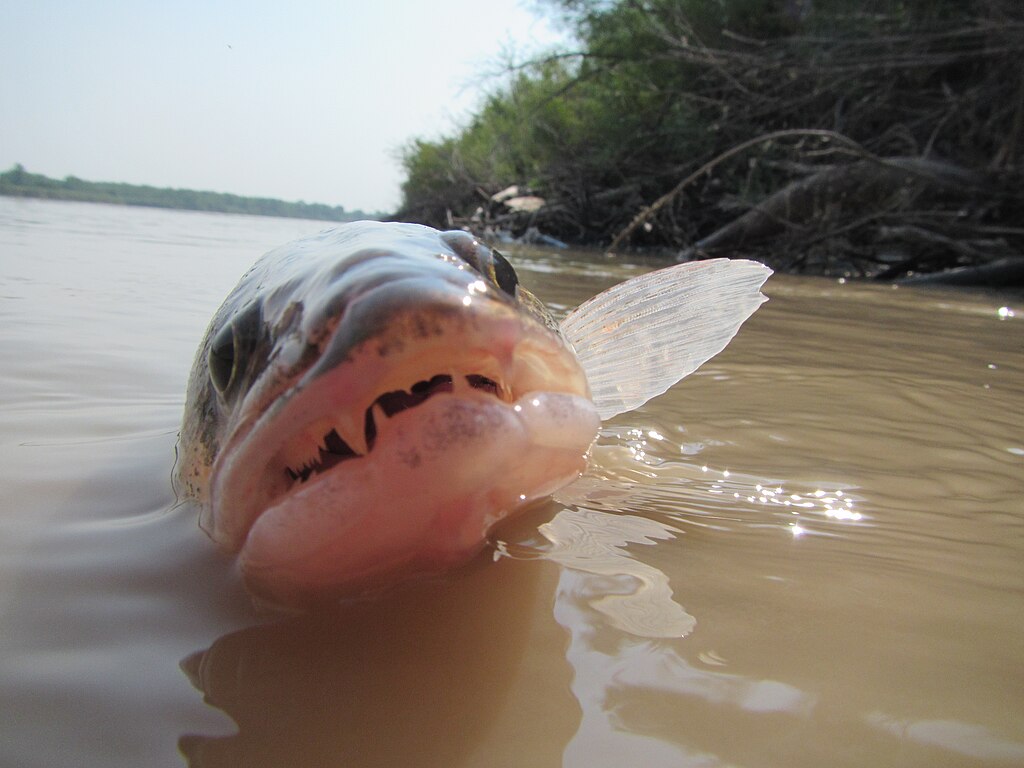
Veteran walleye anglers employ specialized techniques in ultra-clear water scenarios where standard approaches often fail to produce consistent results.
Snap jigging with subtle soft plastics like 3-inch paddle tails or straight-tail minnows on 1/8 to 1/4 ounce jigs creates brief periods of erratic action followed by dead falls that trigger reaction strikes from otherwise reluctant fish.
Suspending jerkbaits worked with long pauses (sometimes 30+ seconds) excel during cold-water periods, with the motionless bait hanging vulnerably in the water column often proving irresistible to nearby walleyes. Extreme long-line presentations using lead core line or planer boards can position lures far from boat disturbance, critical when walleyes develop boat wariness in gin-clear conditions.
Live bait rigging with minimal terminal tackle reaches new levels of refinement, with some specialists using size 6 or 8 octopus hooks on 4-6 pound fluorocarbon leaders stretching 6+ feet behind nearly invisible sinkers.
These advanced approaches share common principles of increased stealth, maximum distance from disturbance, and ultra-realistic presentations that overcome the challenges presented by exceptional visibility.
Advanced Murky Water Techniques

When visibility drops to extreme levels, specialized techniques can maintain productivity where standard presentations might fail to connect with actively feeding walleyes.
Bottom bouncing with spinner rigs featuring larger Colorado blades in sizes #4-6 creates maximum vibration and flash, with chartreuse, orange, or pink beads adding visibility cues that help walleyes track the presentation in almost zero-visibility conditions.
Aggressive trolling with deep-diving crankbaits that feature internal rattles provides both vibration and acoustic signals, with speed variations between 2.0-2.8 mph creating triggering acceleration and deceleration that provokes reaction strikes. Casting large swimbaits in the 4-5 inch range with pronounced tail action displaces significant water, allowing walleyes to track these offerings through their lateral line system even when visual identification becomes impossible.
Vertical jigging with blade baits or lipless crankbaits directly beneath the boat creates concentrated sound and vibration in a small area, perfect for targeting fish marked on electronics in deeper water during extreme turbidity events.
These techniques maximize sensory input beyond visual cues, creating multiple ways for walleyes to locate and strike your presentations when visibility reaches minimum levels.
Adapting to Changing Conditions
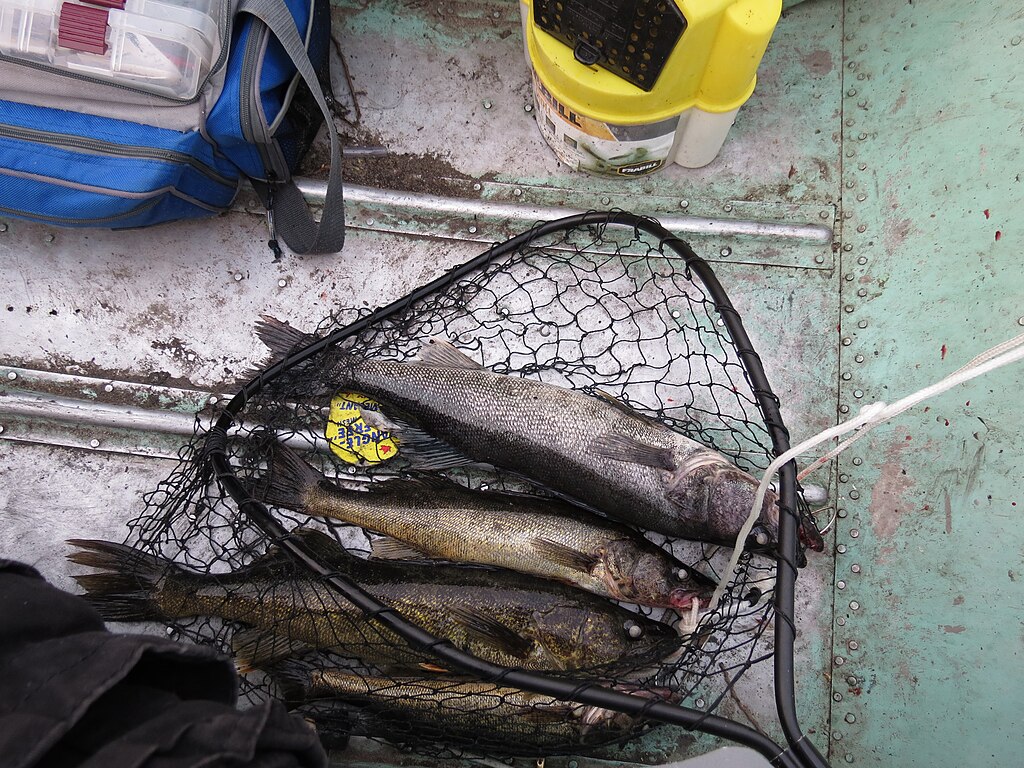
The most successful walleye anglers develop a flexible approach that allows rapid adaptation to changing water clarity conditions rather than rigidly adhering to a single strategy. Carry a diverse selection of presentations ranging from finesse clear-water options to aggressive murky-water alternatives, allowing quick transitions without returning to shore when conditions shift. Monitor environmental factors including wind direction/intensity, recent precipitation, and water temperature changes that might indicate developing clarity transitions before they become visually apparent.
Develop a systematic approach to exploring new areas under different clarity conditions, using parallel structure at different depths rather than completely abandoning productive locations when clarity changes. Log detailed notes about how specific bodies of water and their walleye populations respond to clarity changes throughout the seasons, building a personalized knowledge base that eventually allows you to predict movements and behavior based on changing conditions.
This adaptive mindset, combined with technical knowledge of both clear and murky water techniques, transforms challenging conditions from frustrations into opportunities for exceptional fishing when other anglers struggle to adjust.
Conclusion
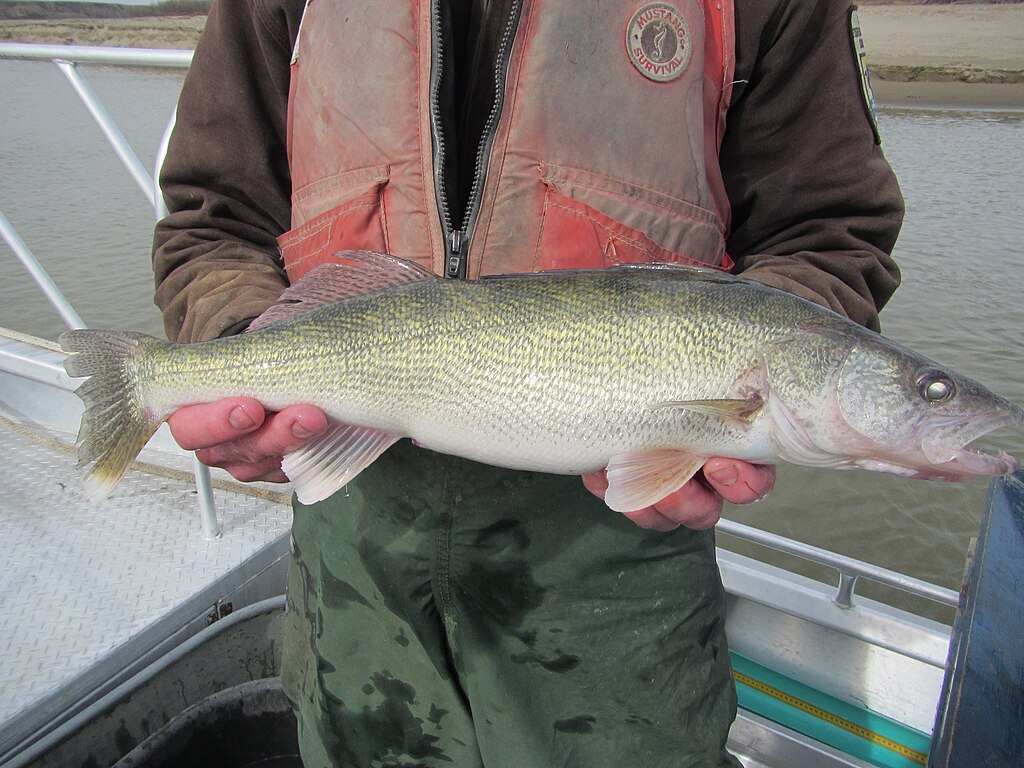
The difference between walleye fishing success and frustration often hinges on understanding how water clarity affects these prized gamefish. Clear water demands stealth, subtlety, and strategic timing, focusing on low-light periods and deeper structure with natural presentations. Murky water creates extended feeding windows, allowing more aggressive techniques with emphasis on visibility and vibration throughout the day in shallower locations.
Rather than viewing either condition as inherently “better” or “worse,” recognize that both scenarios offer unique opportunities when approached with the right tactics. By adapting your approach to match the specific clarity conditions you encounter, you’ll join the ranks of versatile anglers who consistently find and catch walleyes regardless of water clarity.
The most valuable skill you can develop is flexibility—the willingness to abandon preconceived notions and adjust to what the water and fish are telling you on any given day.

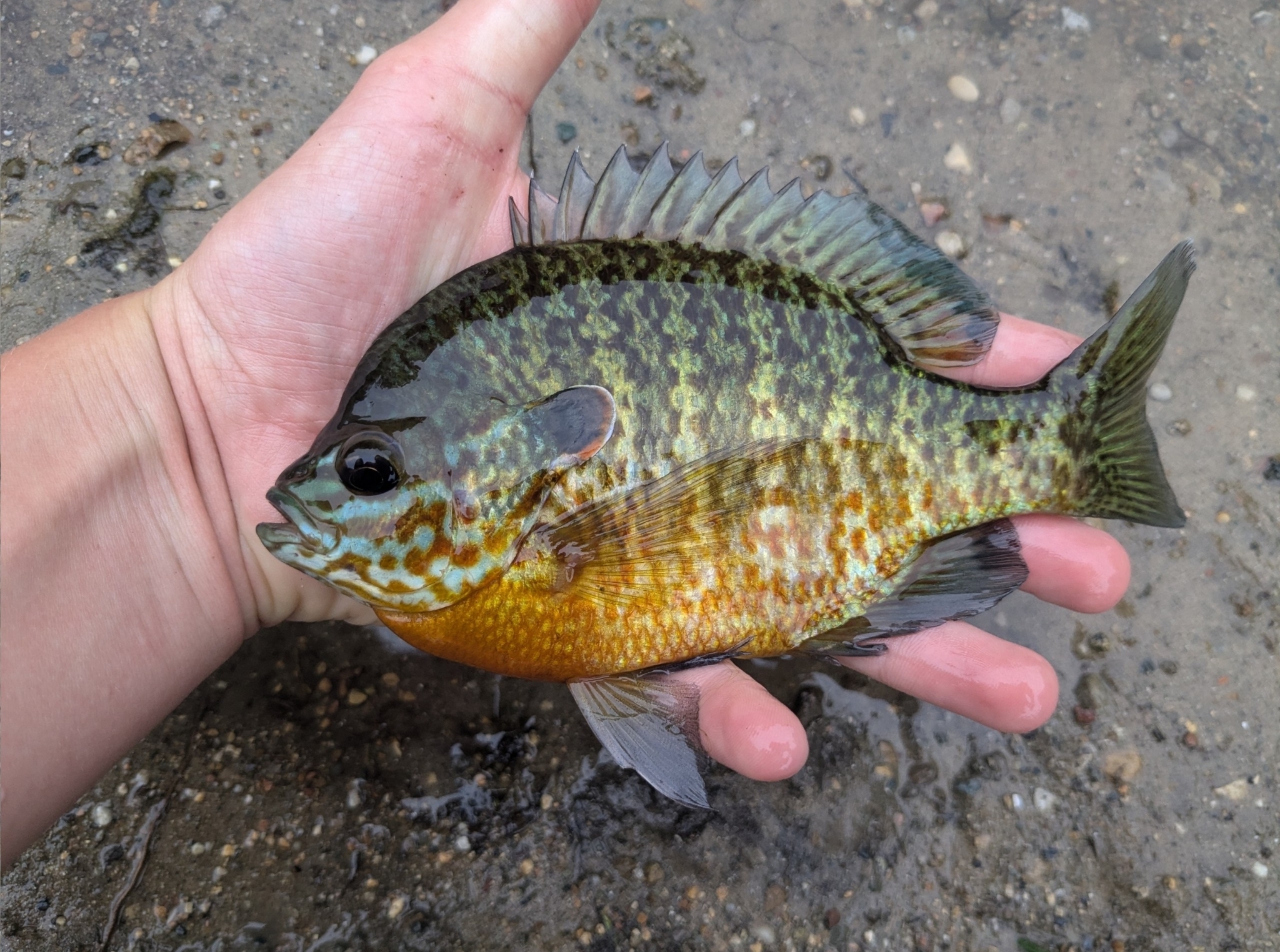












Post Comment